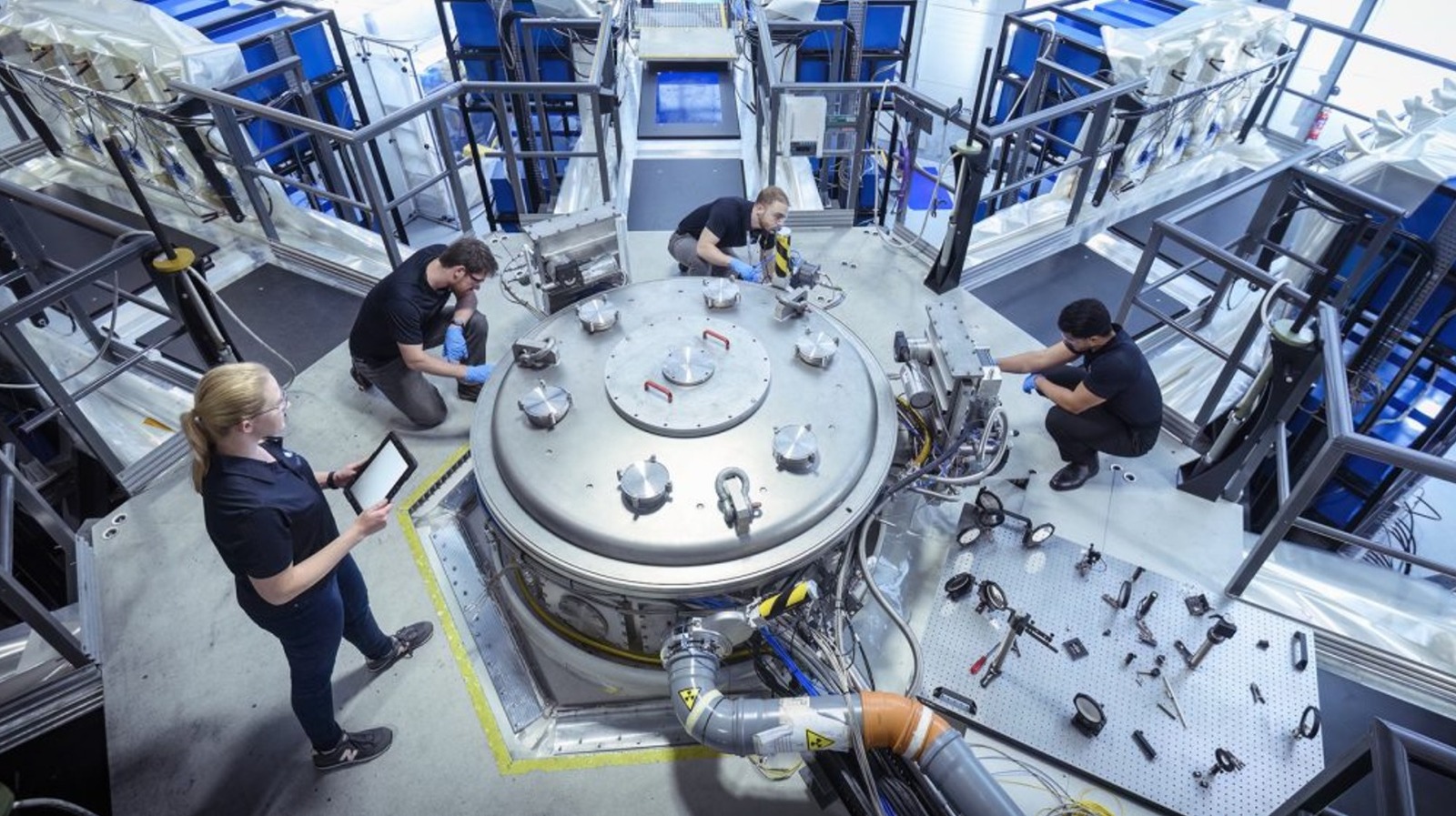A significant breakthrough in fusion power has emerged from the United Kingdom, bringing the prospect of near-limitless energy closer to reality. First Light Fusion (FLF) has developed a new method known as FLARE, or Fusion via Low-power Assembly and Rapid Excitation, which achieves “high gain” inertial fusion. This marks the first successful attainment of high gain, a crucial milestone in the quest for sustainable fusion energy.
Fusion power, which generates electricity from the heat produced during nuclear fusion reactions, has long been considered a potential solution to the world’s energy needs. The process involves two light atomic nuclei merging to form a heavier nucleus, releasing substantial energy in the process. Theoretically, a functional fusion reactor could provide a virtually limitless energy supply, enabling a transition away from fossil fuels and significantly reducing greenhouse gas emissions.
Historically, achieving a gain where the energy produced exceeds the energy input has proven elusive. Previous experiments required more energy than they produced. However, FLF’s recent progress could change that paradigm. The company claims FLARE could achieve a gain of up to 1,000, a substantial increase compared to the current record of four, reached by the U.S. Department of Energy’s National Ignition Facility in May 2025.
The innovation involves separating the compression and heating processes of the fuel. During this process, known as “fast ignition,” the fuel is compressed, generating a significant surplus of energy. FLF is the first to realize practical applications of this approach, which had been theoretically explored but not successfully executed until now.
In a white paper detailing the FLARE process, FLF outlines the extraordinary energy potential of fusion. A single kilogram (2.2 lbs.) of fusion fuel could contain energy equivalent to that of 10 million kg of coal (approximately 22,046,226 lbs.). Ignition, which marks the transition to self-sustaining fusion, occurs when a small fuel source reaches around 100 million kelvin (approximately 179,999,540 degrees Fahrenheit). While achieving such extreme temperatures requires considerable energy input, the subsequent self-sustaining fusion would yield a net positive energy output.
Should FLARE function as intended, it could facilitate the development of multiple fusion reactors capable of providing energy on a global scale. This prospect shifts the focus from whether fusion energy can be achieved to when it will become a viable option for power generation. The momentum gained from various breakthroughs in fusion research suggests that the dream of clean and efficient energy is becoming increasingly attainable.
While this achievement is promising, experts emphasize that it represents just a step in a lengthy journey toward operational fusion power plants. The implications for energy policy, environmental sustainability, and global energy markets could be profound if further advancements continue in the field. As FLF and other organizations advance their technologies, the vision of a future powered by fusion energy draws nearer to reality.







